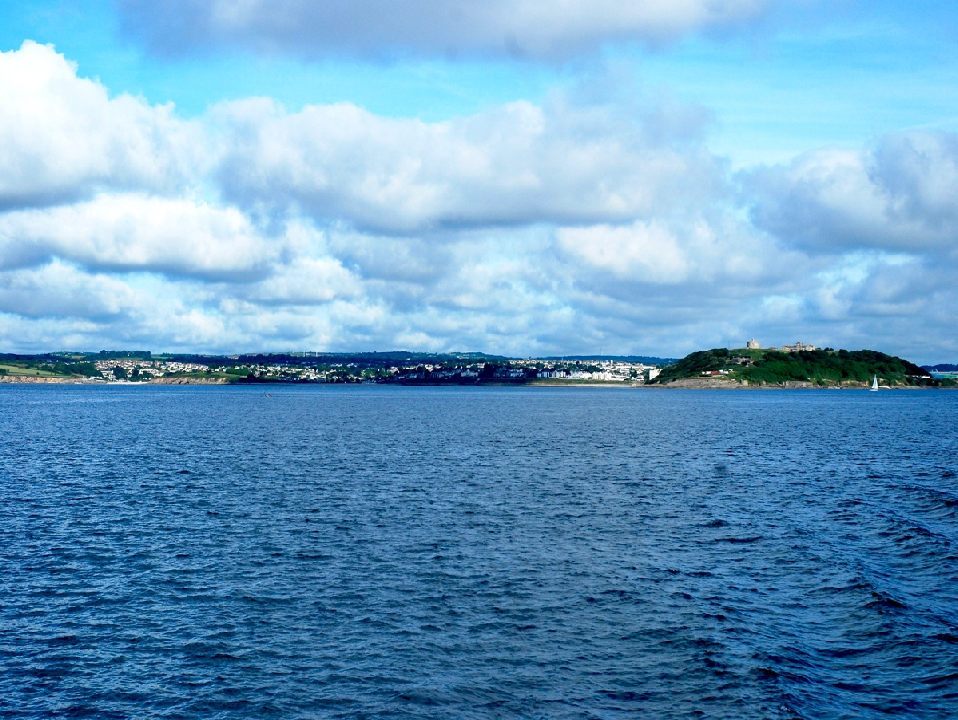


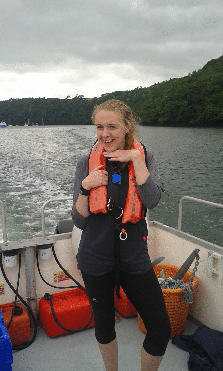
MEET THE TEAM
Name: Eleanor Haigh
Studying: Oceanography
Year Abroad: University of Western Australia & University of Adelaide
Interests: Marine Biogeochemistry, Paleoceanography and Pollution
MEET THE TEAM
Name: Benjamin Goymer
Studying: Marine Biology
Year Abroad: University of Adelaide
Interests: Molecular Biology and Biomedical Applications
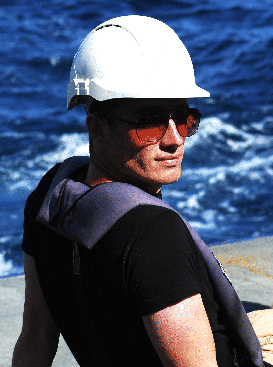
MEET THE TEAM
Name: Ellen Winter
Studying: Marine Biology
Year Abroad: University of Sydney
Interests: Marine Vertebrate Ecology, Molecular Biology.
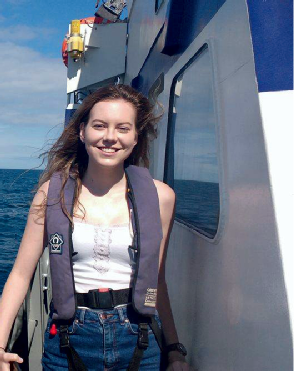
MEET THE TEAM
Name: Ellie Ward
Studying: Marine Biology
Year Abroad: University Centre in Svalbard
Interests: Marine Conservation, Arctic Biology.
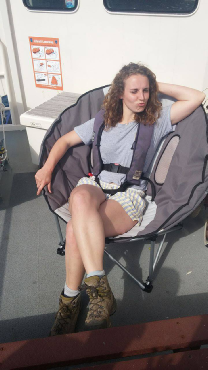
MEET THE TEAM
Name: Ho Lik Theng
Studying: Marine Biology
Year Abroad: James Cook University
Interests: Biological Oceanography, Fishery Sustainability and Carbon Capture.
Web: www.linkedin.com/in/likho0915
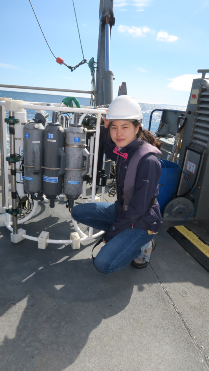
MEET THE TEAM
Name: Morgan Dibb
Studying: Oceanography
Year Abroad: University of Bergen
Interests: Physical Oceanography, Climate Change and Meteorology
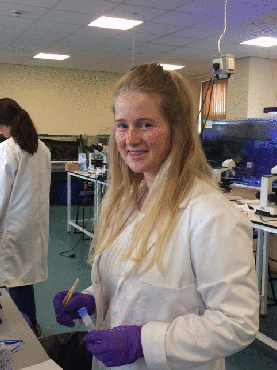
MEET THE TEAM
Name: Sunke Trace-Kleeberg
Studying: Oceanography
Year Abroad: University of Bremen
Interests: Physical Oceanography and Polar Oceanography
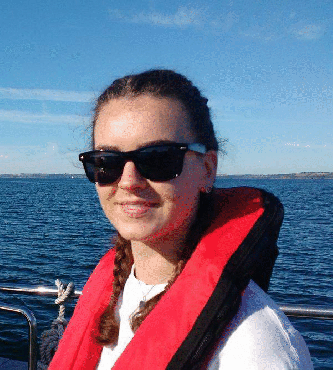
MEET THE TEAM
Name: Yi Ch’ng
Studying: Marine Biology
Year Abroad: University of Miami
Interests: Ecological Genetics, Ocean Policy and Molecular Biology
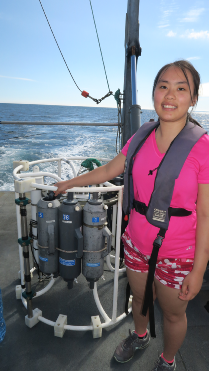

of group 3 and not necessarily those of the University and NOC






Every summer the University of Southampton ventures to Falmouth in order to study the biological, chemical, physical and geophysical features of the estuary and offshore waters. Here Group 3 – constituting 8 marine biology and oceanography students - present the details and findings of the first week of the Falmouth 2017 fieldtrip. The interactive map details the sites we sampled, split into offshore, estuary, pontoon and habitat mapping. This map can be explored – each label opens up to give details of time, location, the weather conditions, and shows images of the team at work.
The Fal estuary is a ria (a deep submerged river valley) and the third deepest natural harbour in the world (“About Falmouth” Falmouth Town Council) with an anchorage up to 33m (Natural England, 2000). It is fed by 6 tributaries: River Fal, River Truro, River Kennal, Penyn River, Caron River and Tresilian River and opens to the sea near Falmouth town. The Fal estuary itself is macrotidal with a maximum spring range of 5.3m.
Click here for Falmouth tide times (http://www.ukho.gov.uk/Easytide/EasyTide/ShowPrediction.aspx?PortID=0005&PredictionLe ngth=7).
The bay falls into the Fal and Hereford Special Area of Conservation as listed by the habitats directive (Brown et al., 1997)– a scheme that manages the local marine and terrestrial environments. This designation came as a consequence of multiple habitats and features of interest including the presence of the rare plant Rumex rupestris -Shore Dock (Neil et al., 2001). There are a range of habitats found along the length of the Fal, from rocky coastline to intertidal mudflats, with Atlantic salt meadows, inlets, bays, kelp beds and sandflats inbetween (Natural England, 2000). There are reefs around St Anthony’s Head and around Manacle point (Natural England, 2000) fringing the coastline and supporting an abundance of benthic communities – many of which are delicate and vulnerable to stress. Also of notable importance are mearl beds built of coralline red algae that provide a habitat for a vast number of species, and dead mearl sands suitable for brittle star populations and burrowers (Natural England, 2000).
The varying features and habitats of the Fal make it a fascinating site to study, alongside the fact that it is heavily impacted by surrounding communities. There are a large number of discharge locations into the Fal estuary including sewage point sources and vast agricultural run off. Studies into mining contamination have revealed high concentrations of zinc, magnesium and copper with abnormal levels observed in estuarine fauna (Bryan & Gibbs, 1983). Though this study occurred over 30 years ago, and concentrations of most metals have decreased, some have a long residence time and concentrations can still be detected within the sediment.
CLICK ON STATIONS AND TRANSECTS TO SEE MORE INFORMATION ABOUT OUR FIELDWORK

‘About Falmouth’. Falmouth Town Council. 2009-06-03.
https://www.falmouthtowncouncil.co.uk Falmouth Town Council (2009).’About Falmouth’. Available at: https://www.falmouthtowncouncil.co.uk/about-falmouth (Accessed: 8 July 2017).
Brown, A.E., Burn, A.J., Hopkins, J.J., & Way, S.F. (1997). The Habitats Directive: selection of Special Areas of Conservation in the UK. JNCC Report, No.270.
Bryan, G.W & Gibbs, P.E. (1983). Heavy Metals in the Fal Estuary, Cornwall: A study of Long-Term Contamination by Mining Waste and Its Effects on Estuarine Organisms. Marine Biological Association. 2.
Natural England. (2000). Fal and Hereford SAC Management Scheme.
Neil, C.J., King, M.P., Evans, S.B., Parslow, R.E., Bennallick, I.B., & McDonnell, E.J. (2001). Shore Dock Rumex rupestris. Report on fieldwork undertaken in 2000. Plantlife Report No. 175. 78 pp. Plantlife, London.
